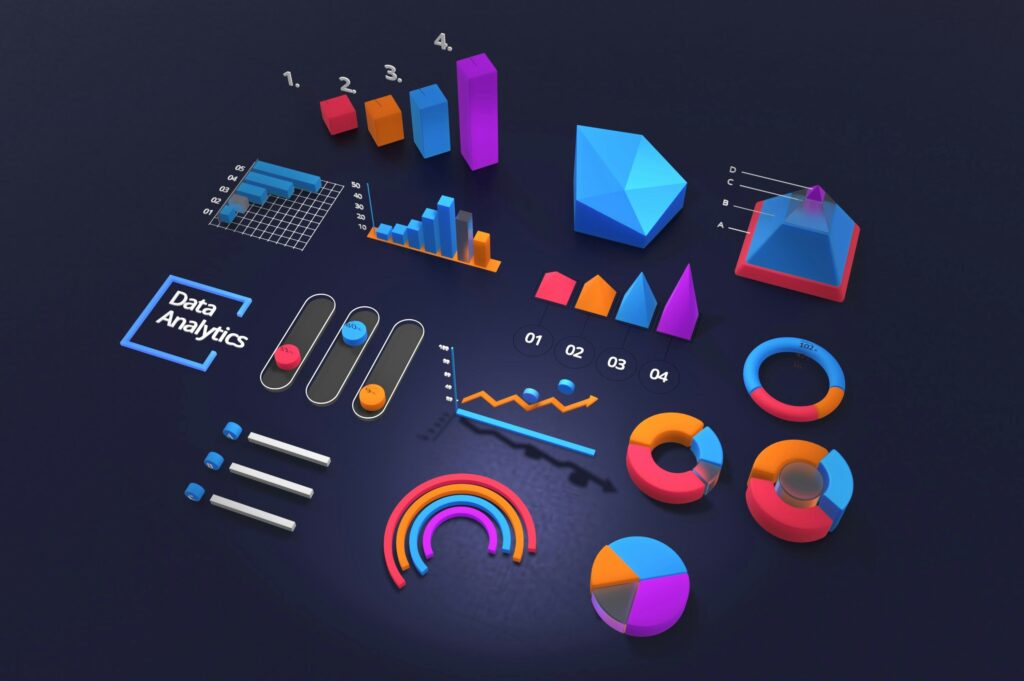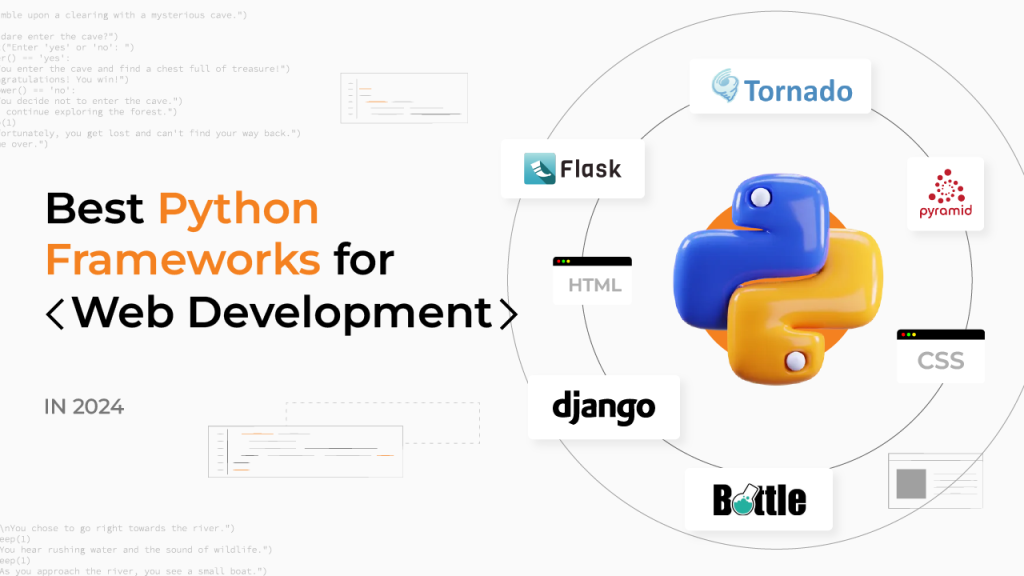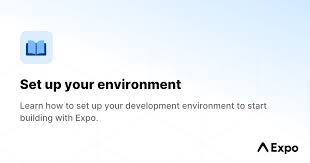The Essential Python Full Stack Roadmap: What to Learn and How to Start

Introduction
Ever found yourself lured by the alluring world of full stack development? Or perhaps you’re already immersed, yet the overwhelming array of technologies leaves you feeling adrift? Fear not! You’ve stumbled upon the ultimate guide. This article serves as your guide through the course of developing Python full stack programming abilities.
Python maintains fame as an elegant language with unlimited potential that attracts beginners and advanced developers who pursue its adoption. Django and Flask provide formidable backend solutions that let your knowledge of front-end technologies pave the way for web development command. The adventure to learn full stack development with Python starts now because all you need is your preferred drink and a comfortable seat. Welcome to the ultimate Python Full Stack Roadmap!
“Join TechPath: Ready to expand your skills? Sign up for TechPath, where immersive courses on full stack development await!”
Understanding Full Stack Development
What is Full Stack Development?

the ability to conjure an entire web application from a mere spark of imagination! Full stack development encapsulates both the visible and the hidden elements of web applications. Let’s unravel this intriguing concept:
Front End
The user interface represents an active platform where people interact by using design elements and layout structures with their experience quality. Users make their initial judgments at this interface.
Back End
The backend is the powerhouse, the unseen engine that fuels everything. It’s responsible for database management, server logic, and core functionalities.
Being a full stack developer enables you to harmonize everything—from captivating interfaces to robust, responsive servers—like a digital conductor wielding a symphony of code! The Python Full Stack Roadmap is your guide to mastering both aspects.
Why Python for Full Stack Development?

Now, why has Python ascended to the throne of full stack development? Let’s dive deeper into the allure of this exceptional language:
Readable Syntax: Python’s elegant, intuitive syntax not only accelerates learning but also enhances productivity with clarity and simplicity.
Extensive Libraries and Frameworks: The rich ecosystem surrounding Python includes powerful frameworks like Django and Flask, which streamline the process of building sophisticated applications.
Robust Community Support: With a vast network of developers, countless tutorials, forums, and endless resources await your exploration, making the journey much easier.
With that foundation laid, let’s plunge into our roadmap—your guide to mastering Python full stack development. Follow this Python Full Stack Roadmap and unlock endless opportunities!
“Explore Resources: Discover a plethora of resources curated for you on our TechPath platform—equip yourself with the knowledge you need to excel!”
The Essential Python Full Stack Roadmap
1. Master the Python Basics
Before you wade into the depths of complex applications, it’s imperative to solidify your understanding of Python fundamentals. Focus on these core areas:
Syntax & Data Types
Familiarize yourself with a variety of variable types—strings, integers, lists, and dictionaries—while grasping fundamental syntax rules. It’s crucial to build a solid foundation here.
Control Structures
Navigate through the essentials, such as if statements and loops, to master the flow of control in your programs.
Functions & Modules
Learn to craft reusable functions and modularize your code efficiently. This not only simplifies coding but also enhances readability and maintenance.
Resources to Dive Deeper:
Books: “Automate the Boring Stuff with Python” by Al Sweigart
Online Courses: Techpath provide excellent introductory courses.
2. Web Development Fundamentals
Understanding the basics of web development is your next critical milestone. Cover these pivotal components:
HTML & CSS
These technologies form the backbone of web pages—HTML lays down the structure while CSS jazzes it up with styling elements.
JavaScript
As Python manages backend processes, JavaScript adds life to the frontend, creating dynamic interactions especially when partnered with frameworks like React or Vue.js.
Responsive Design
Become familiar with frameworks like Bootstrap to ensure your applications gracefully adapt across devices, providing a cohesive user experience.
3. Delve Into Python Web Frameworks

When you fully understand front-end principles you should proceed with learning back-end frameworks.
A.Flask
What is it? A lightweight micro-framework perfect for beginners who crave simplicity.
Why Use It? Its versatility makes it ideal for small to medium projects, offering a flexible approach to web development.
Key Concepts:
Routing: Learn how URL routing directs users to the appropriate content.
Utilizing Jinja2 for Templates: Understand how to create dynamic HTML pages efficiently.
Forms and Database Integration with SQL Alchemy: Grasp how to collect user input and manage data.
B.Django
What is it? A robust, full-featured web framework, embodying the “batteries-included” philosophy.
Why Use It? With numerous built-in features such as ORM, an admin interface, and robust security measures, Django accelerates development.
Key Concepts:
MVC Pattern (Model-View-Controller): Familiarize yourself with this architecture that separates concerns, enhancing maintainability.
Django ORM (Object-Relational Mapping): Learn to interact with databases using Python code rather than SQL.
Middleware and Authentication: Secure your applications and manage middleware for various functionalities.
C. Database Knowledge
Every successful application relies on a solid database foundation. Explore the following key aspects:
SQL vs NoSQL
Understand the differences between these database types and decide wisely between SQL (like PostgreSQL) and NoSQL (like MongoDB) based on application needs.
Database Design
Master the art of crafting database schemas, focusing on normalization and relationships between data entities. This knowledge is crucial for efficient data management.
D. Version Control with Git
Chaos, be gone! Git will become your trusted ally in maintaining order within your codebase. Here’s what you need to grasp:
Create and Manage Repositories: Learn how to initialize, clone, and manage your projects effectively.
Commit Changes Effectively: Understand the importance of committing frequently with meaningful messages.
Collaborate Using Platforms Like GitHub or GitLab: These platforms facilitate collaboration, making it easier to work with teams and track progress.
E. API Development
Understanding how to construct and utilize APIs is essential in today’s tech landscape. Concentrate on the following:
RESTful APIs
Familiarize yourself with fundamental principles, including CRUD operations (Create, Read, Update, Delete), to create structured and efficient APIs.
Tools
Explore tools like Flask-RESTful or Django Rest Framework for crafting your APIs seamlessly. They provide you with the structure and components necessary to build robust APIs quickly.
F. Test Your Code
While testing might appear tedious, it’s indispensable for ensuring code reliability! Investigate these areas:
Unit Testing
Start with Python’s unitest library to test individual components of your code for errors.
Integration Testing
Learn how to ensure that different components of your code work together harmoniously. This step is crucial for delivering a smooth user experience.
G. Deployment and Hosting
Once your application is polished and ready to take the stage, consider deployment:
Hosting Platforms
Investigate various options like Heroku, AWS, or DigitalOcean. Each platform provides unique features, so choose based on your project needs and budget.
Deployment Strategies
Get familiar with deploying your apps through Continuous Integration/Continuous Deployment (CI/CD) pipelines for optimized workflows and seamless updates.
Getting Started: Your First Project
Eager to transform your knowledge into tangible outcomes? A hands-on project awaits! Here’s a straightforward action plan to kick off your journey:
Select a Project Idea
Choose something manageable and relatable, like a personal blog, a to-do app, or a weather dashboard. Start with what excites you!
Plan It Out
Sketch out your desired features and functionalities. Take time to outline the user experience and flow.
Set Up Your Environment
Create a Python virtual environment to isolate your project dependencies.
Install the necessary libraries and frameworks you’ll need, setting the stage for your development.
Build the Backend
Utilize Flask or Django to create your RESTful API. Focus on structuring your routes and integrating your database smoothly.
Develop the Frontend
You should use HTML combined with CSS and JavaScript to develop an appealing user interface. Establish a proper ratio of beauty to usability elements.
Connect Everything
Your application will function better by making backend and frontend interact effectively through Application Programming Interface calls.
FAQs
Q: What is a full stack developer according to definition?
Full stack developers have complete expertise of front-end and back-end development that allows them to manage the entire technological base for web applications.
Q: Do I need to learn JavaScript as well for Python?
A: Absolutely! While Python manages backend processes, JavaScript is indispensable for creating interactive and dynamic user experiences on the frontend.
Q: Can I learn full stack development with zero prior experience?
A: Definitely! Python’s simplicity is kind to beginners. Dividing your dedication into small increments of practice along with time will enable mastery of the concept.
Q: What is the duration needed to become a full stack developer?
A: Timeframes vary significantly. The combination of practice alongside commitment leads various developers to achieve full stack development knowledge in 6 to 12 months.
“Connect with Community: Become part of a thriving community of developers at TechPath. Share ideas, collaborate on projects, and grow together!”








Conclusion
Your initial sense of difficulty when starting full stack development disappears after turning complex duties into simple steps. This guide provides orderly steps for learning essential python full stack technologies which will help you succeed in this satisfying career field.
The combination of Python excellence with adhesive web development concepts together with deep framework understanding and practical project work will lead you to full stack achievements. Your potential to construct amazing digital encounters will open up through practice together with determination and unlimited aspiration for knowledge.
“Start Your First Project: Dive into your first project today! Utilize our Python Full Stack Roadmap and take your first step toward creating something amazing.”
So, what’s holding you back? Follow this Python Full Stack Roadmap and dive into your journey today! Happy coding!

TECHPATH RESEARCH AND DEVELOPMENT PRIVATE LIMITED is the leading IT training and software development in the world.. Our team comes with several years of industry experience, and comprise of a highly motivated set of specialists.